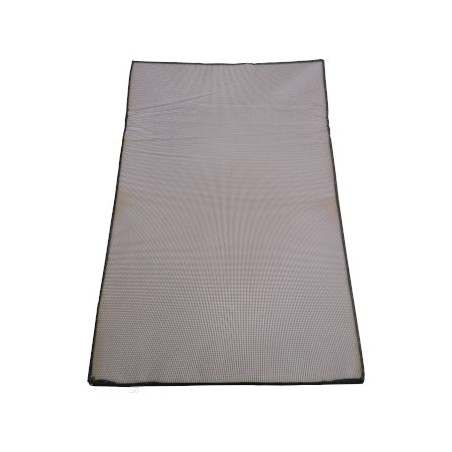A recent work, published in the Journal of Virology by researchers at the Severo Ochoa Molecular Biology Centre, a joint centre shared by the Autonomous University of Madrid (UAM) and the CSIC (Superior Council for Scientific Investigation) has provided, for the first time, an atlas that describes the 90 proteins that make up the African swine fever virus.
The work provides an atlas that describes the possible roles of these components in the assembly of the viral particle, the viral genes expression and the entry of the virus into the host cell.

To establish the make-up of the virus, the authors obtained very pure preparations of viral particles that they later subjected to an analysis with mass spectrometry, a highly sensitive technique for the identification of proteins.
In this way, they defined the composition of the infective particle or “proteome” of the virion, this is, the complete repertoire of the proteins that make it up. Thus, they detected 90 different kinds of proteins, 70 of them viral (codified by the viral DNA) and 20 cellular proteins that the viral particle adds during its formation and exit from the host cell.
Dr. Sánchez-Vizcaíno, director of the World Organisation for Animal Health (WOAH/OIE) reference laboratory for African swine fever and one of the greatest world experts in this disease, says: “This is an essential study not only to understand how the virus replicates, but also to identify new therapeutic targets that allow to control the disease with antiviral drugs or with the development of a effective vaccine”.
Monday, January 28th, 2019/ Autonomous University of Madrid/ España.
http://www.uam.es






